October boasts two captivating gemstones for birthstones: Opal and Tourmaline. Both gems are prized for their vibrance, diverse color ranges and their unique properties, making them favored by jewelers and gemstone enthusiasts alike.
Opal: The Gem of Iridescent Beauty
History
Opals have a storied past, stretching back thousands of years. Ancient Romans considered opal to be a symbol of love and hope, while the Greeks believed the stone granted the power of prophecy and protected against disease. During the Middle Ages, opals were thought to bring good fortune, as they were believed to contain the powers of all gemstones because of their rainbow-like play of colors.
Spiritual and Metaphysical Properties
Opals are deeply connected to emotional healing and amplification. The stone is thought to enhance creativity, imagination, and self-expression. It is also associated with emotional balance, clearing blockages, and helping individuals connect with their true feelings. Opals can be a protective stone, warding off negative energy and fostering an aura of lightness and joy.
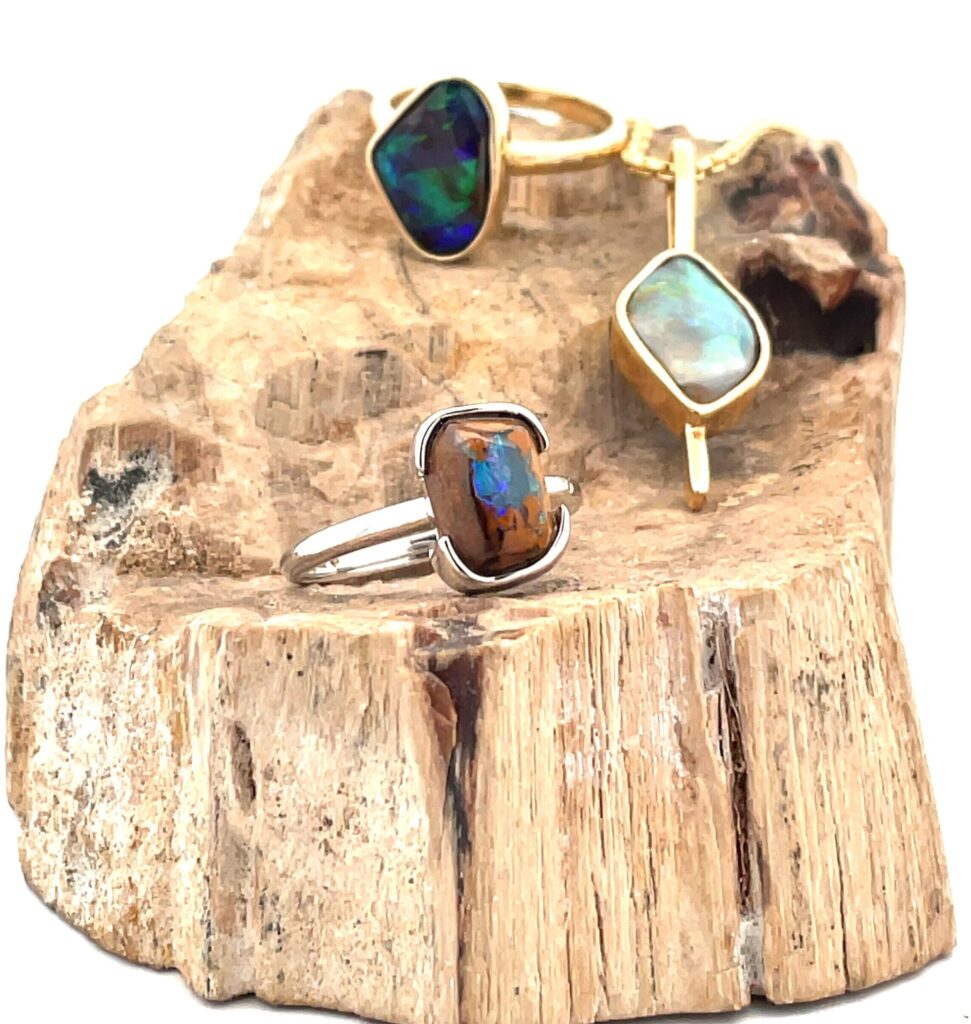
Color Range
The allure of opals lies in their ability to flash every color of the spectrum, often referred to as “play of color.” The base color of opals can range from milky white, blue, green, pink, violet, turquoise, vermilion, carmine, and fuchsia, depending on the type. White opals, with their creamy base, are the most common, while black and red opals with are the rarest and most valuable.
Uses in Jewelry
Opals are popular in all types of jewelry, from rings and pendants to earrings. However, their relatively soft nature (with a hardness of 5.5 to 6.5 on the Mohs scale) makes them more susceptible to scratching and damage. Jewelers often recommend setting opals in protective designs, such as bezel settings, to safeguard the stone. Their unique play of color means that no two opals are alike, making each piece of jewelry that features an opal truly a one-of-a-kind piece.
Opal and Colorado
While Australia is most recognized for its opal mines, the gemstone is also directly connected to areas in Colorado. In February of 2024, the Denver Museum of Nature and Science announced a study that attributed the distinct prominence of Castle Rock and Castelwood Canyon State Park to the presence of Opal in the area. The sedimentary rocks that make up these areas were held together by Opal, adding to the durability of the landscape. Some more common forms of Opal can be found in Grand County as well.
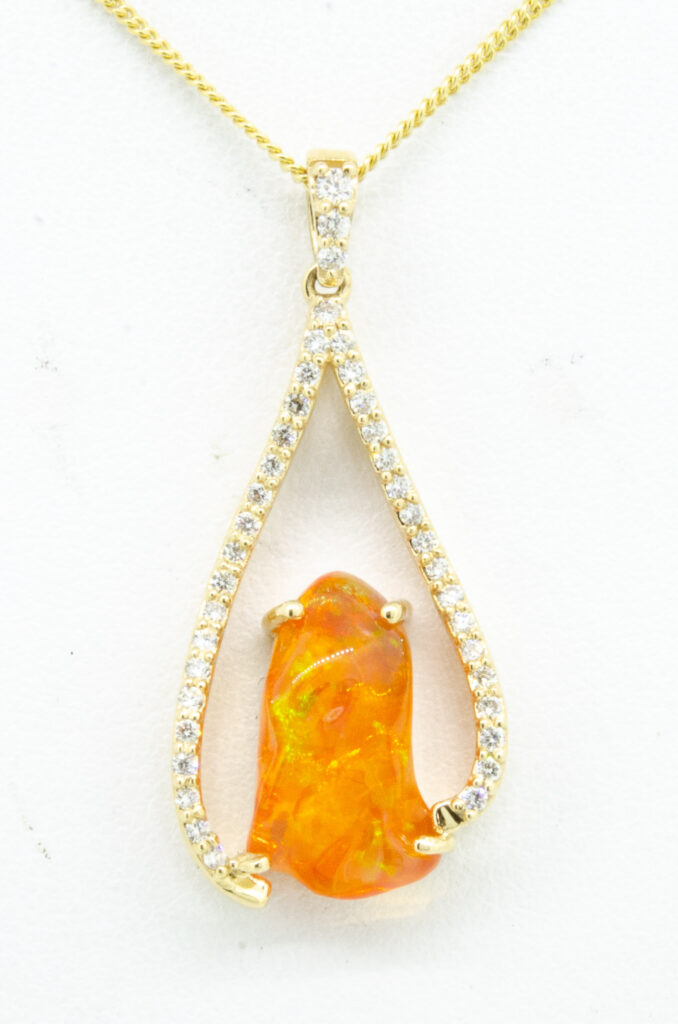
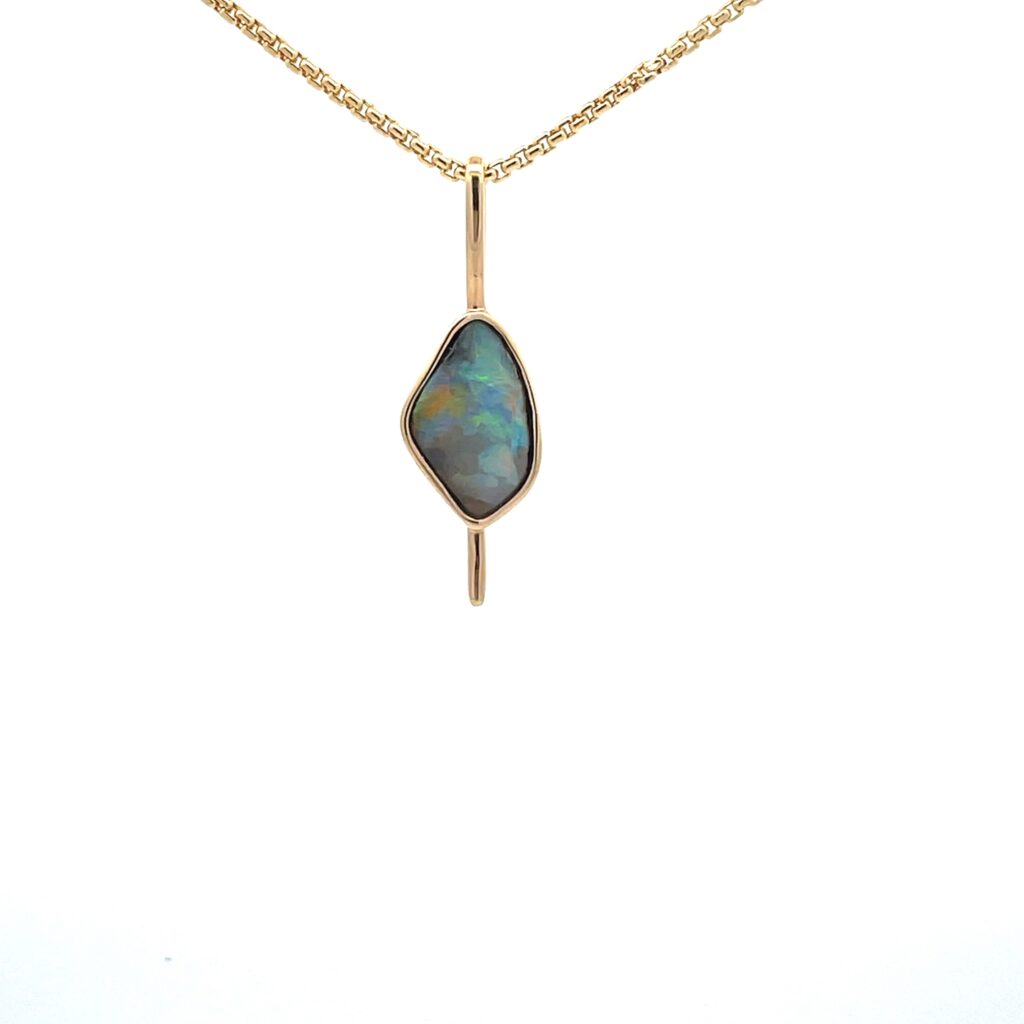
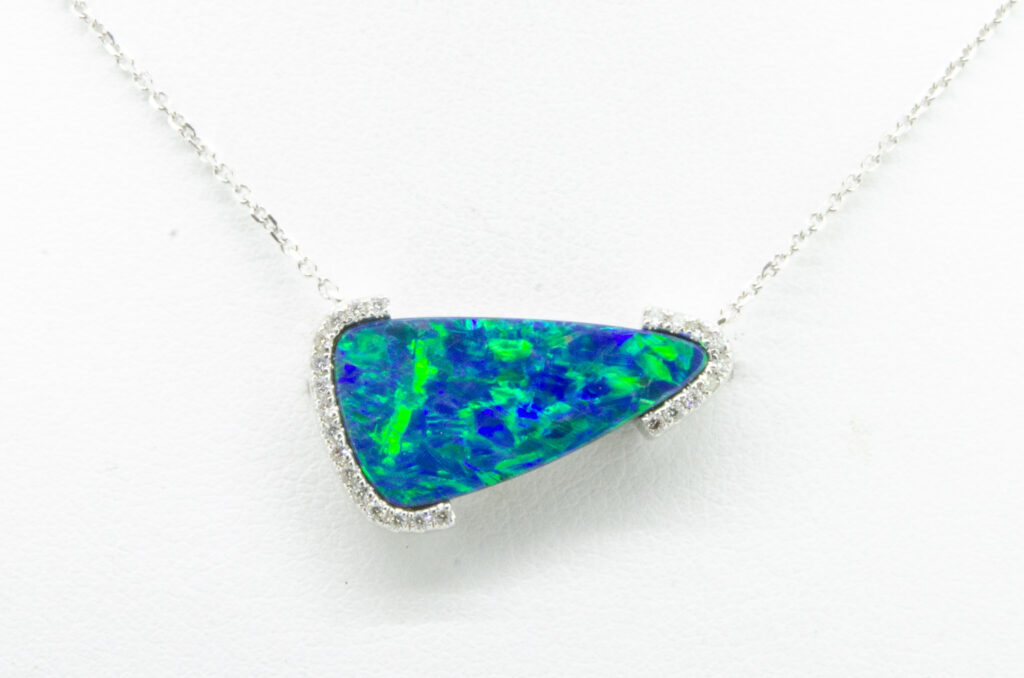
Tourmaline: The Prism of Infinite Colors
History
Tourmaline was first discovered by Dutch traders in the 1600s, who mistakenly believed they had found a new type of emerald. The name “tourmaline” derives from the Sinhalese word “toramalli,” meaning “stone with mixed colors.” It wasn’t until the 19th century that tourmaline became recognized as a distinct mineral group with a stunning variety of hues.
Spiritual and Metaphysical Properties
Tourmaline is a powerful stone for protection, grounding, and purification. Black tourmaline, in particular, is considered a shield against negative energies, providing an aura of security and emotional stability. Pink tourmaline promotes love, compassion, and gentleness, while green tourmaline is said to open the heart chakra and foster harmony with nature. Multi-colored stones, like watermelon tourmaline, represent the balance between the heart and mind.
Color Range
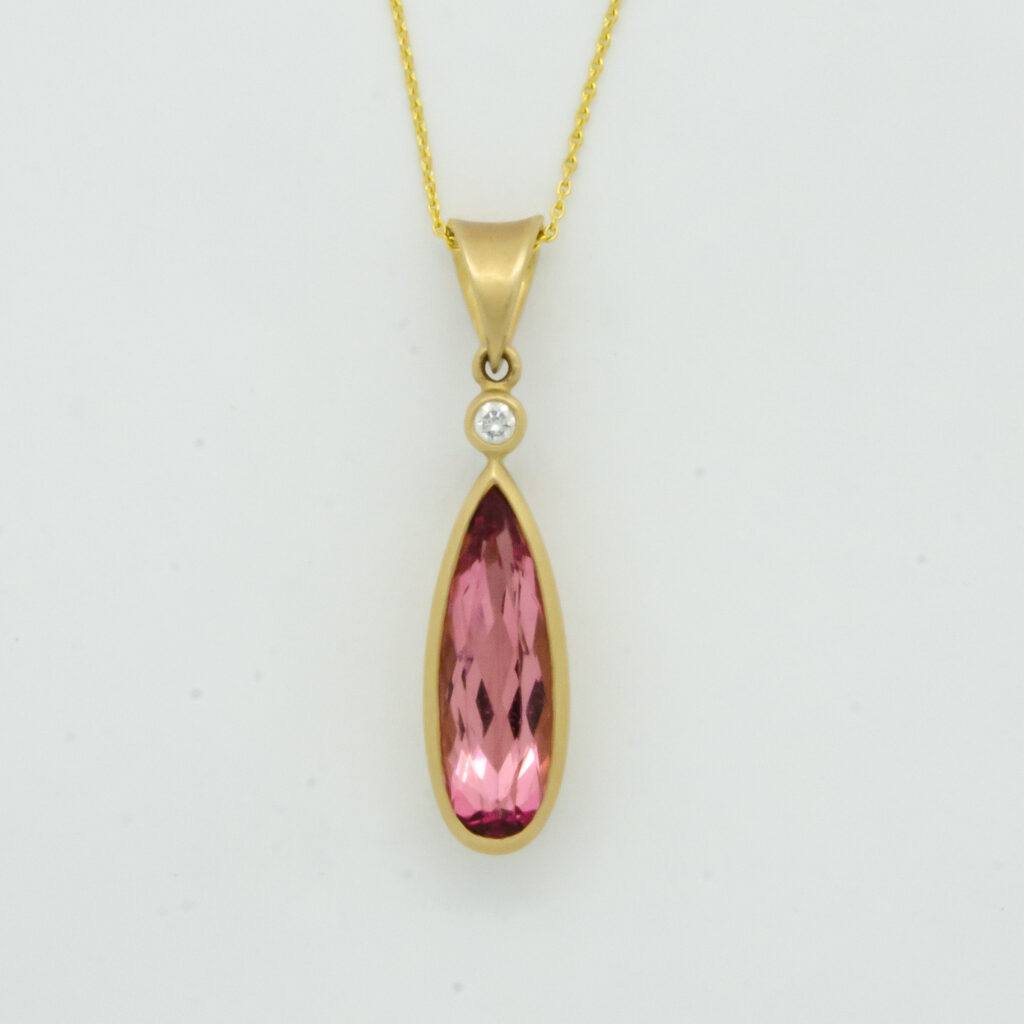
Tourmaline is celebrated for its incredible range of colors, from deep blacks to vivid pinks, greens, blues, and even bi-color and tri-color varieties. Rubellite, the red form of tourmaline, is prized for its rich, ruby-like hue, while Paraiba tourmaline, with its electric neon blue and green shades, is one of the rarest and most valuable gemstones in the world. Watermelon tourmaline, which features a pink center and a green outer layer, is especially unique and popular among gemstone collectors.
Uses in Jewelry
Tourmaline’s versatility in color makes it a go-to gemstone for all types of jewelry. It has a hardness of 7 to 7.5 on the Mohs scale, making it durable enough for daily wear. Its diverse range of hues can be cut into beautiful faceted stones for rings, earrings, and pendants. Tourmaline’s affordability compared to other gemstones also allows for creative and bold statement pieces.
Tourmaline and Colorado
Tourmaline can be found in a few areas throughout Colorado, including Jefferson and Larimer County. The Brown Derby Mine in Gunnison also has some rare Tourmaline deposits. The gems mined here tend to be black tourmaline, known as schorl, which is frequently used for grounding and protection in metaphysical practices. Colorado’s rich mineral deposits have long been a source of pride for local gemstone collectors and miners alike.
Opal and Tourmaline, October’s birthstones, each carry their own unique beauty and mystique. Whether you are drawn to the dazzling play of color in opals or the rainbow spectrum of tourmaline, both stones offer a rich history and deep spiritual significance. Their diverse color ranges and the variety of forms they take ensure that October’s gems will continue to inspire jewelers and gemstone enthusiasts for years to come. With ties to Colorado’s rugged landscape, these stones also hold a special place in the hearts of those who appreciate the natural beauty of the Rockies. If you’re interested in looking at our collection of Opal and Tourmaline jewelry, visit our showroom in Old Town Lafayette, Colorado.






